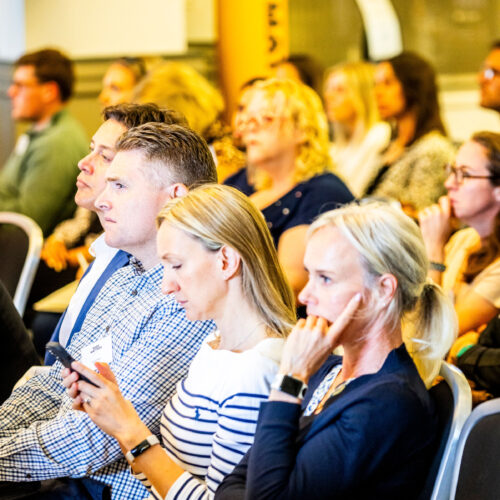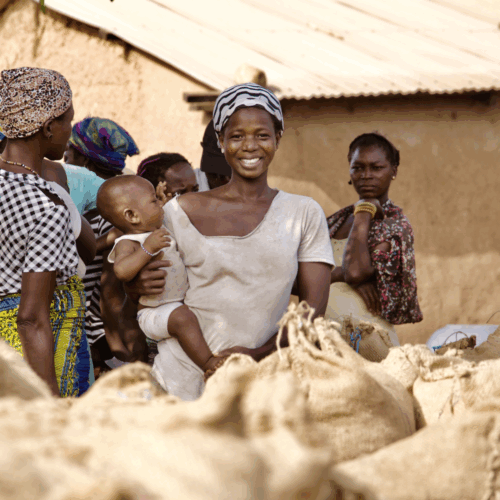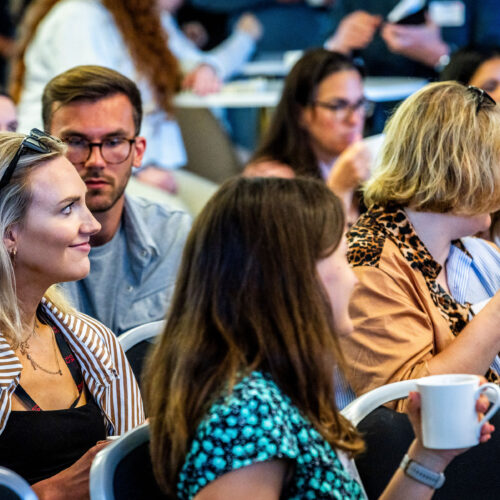Globally, alcohol consumption is thought to have declined by 6% in 2020.
And between 2020 and 2024 the “low and no” market is expected to balloon by 31%.
But what’s next for the sector? What will we all be drinking in ten years’ time? And how can “low and no” overcome some of the challenges it faces?
In this episode of the Table Talk podcast, Stefan Gates is joined by three experts to help answer some of those questions.
They discuss why developments in alcohol-free wine have been slower than in alcohol-free beer, why a trace amount of alcohol means a drink is less likely to go to waste, and they tackle the big question: What should the low and no alcohol sector actually be called?
They also try to predict what the alcohol-free trends will be in 2022 and beyond. Future-gazing is a fool’s game – but let’s do it anyway!
Laura Willoughby MBE, Founder of Club Soda and the Mindful Drinking Festival
The inspiration for Club Soda comes from Laura’s experience of giving up drinking ten years ago. A campaigner at heart with a background in movement building and politics, she realised that one of the big sticking points was a way to support people to take a self-guided journey to change their drinking. Club Soda has over 70,000 individual members and nearly 80 brand members who they support through research and collaborative projects. They have built a drinks guide and they run the UK’s only Mindful Drinking Festival which is now in its 8th edition.
Rob Fink, Co Founder, Big Drop Brewing Co
In 2016 Rob Fink founded the world’s first company to focus entirely on brewing alcohol-free beer – Big Drop Brewing Co. As a lawyer with zero brewing experience, he teamed-up with an experimental brewer (Johnny Clayton from Wild Beer) and the creative mind of school-friend and entrepreneur James Kindred. Together they applied left-field fermenting techniques that meant no alcohol needed to be extracted from the end product to meet the required maximum 0.5% ABV.
Five years later he is selling over 4 million bottles of 0.5% ABV beer annually around the world and his beers have won over 85 international beer awards Between them, including 7 times ‘World’s Best’ at the World Beer Awards and beating full-strength rivals in blind-tastings.
Thorsten Hartmann, Head of Custom Analytics, IWSR
Thorsten leads the IWSR’s custom analytics team, providing clients with data, insights and strategic advice to help them define, refine and build their global business strategies.
He has an extensive background in FMCG consultancy and beverage industry market research. Previous roles include director of consulting for GlobalData (formerly Canadean), as well as consulting roles at IMES Consulting/ManSci.
To keep up to date with the latest beverage alcohol industry insights from IWSR Drinks Market Analysis, click here to subscribe for free.







